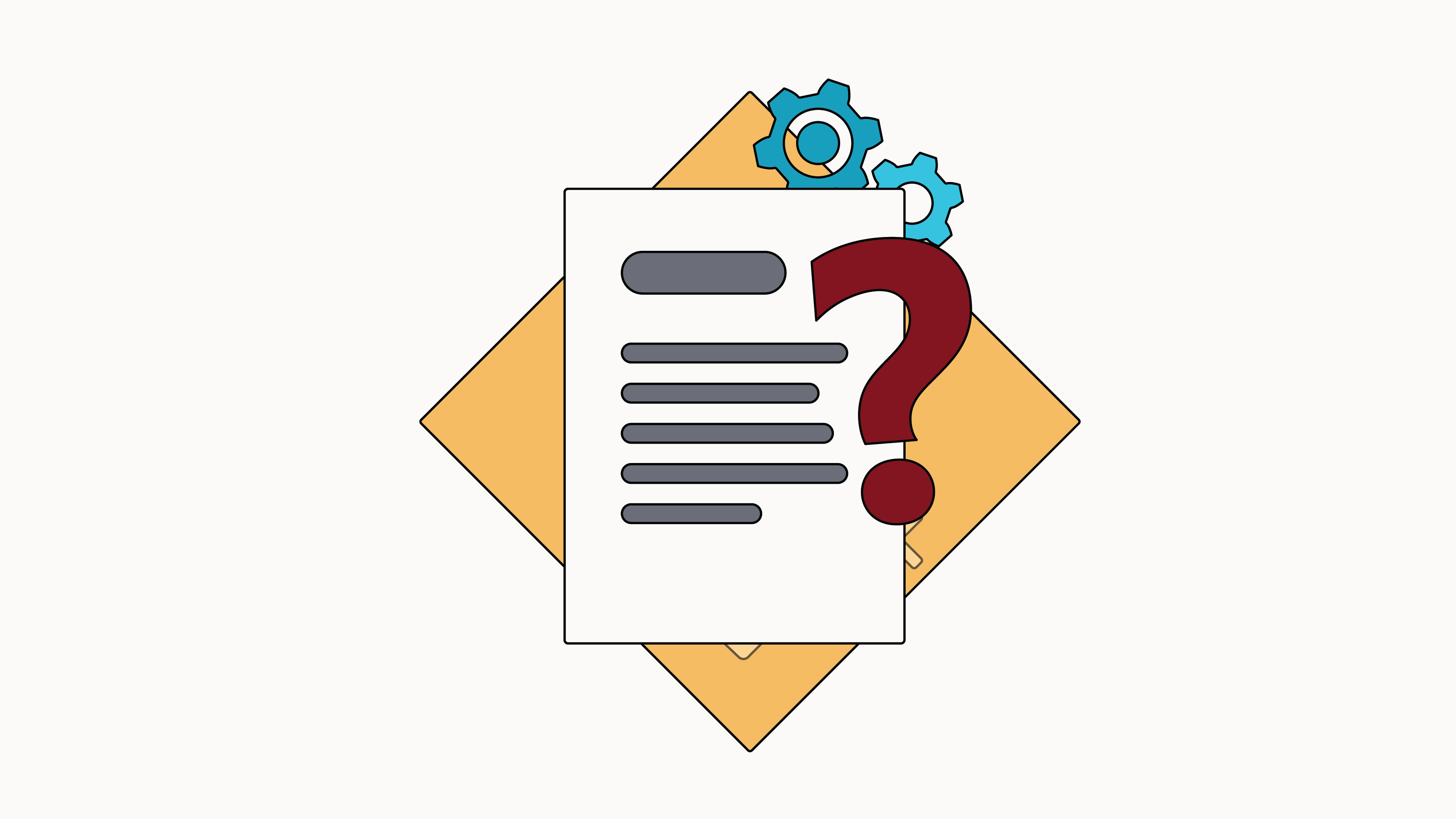The Mobile Learning is not only about technological evolution, but involves taking into account all the parameters leading to digital transformation. Among the latter, we find the need to work on mentalities. So how do you get your digital lazy people involved in Mobile Learning?
Step 1: Put people at the heart of the Mobile Learning strategy
While 67% of businesses already offer Mobile Learning, the trend continues to increase. This number represents a real need on the part of employees in terms of renewed training, but also a need for support, because it is still quite low compared to the equipment rate of the French in terms of Devices mobiles.
To be able to best support employees, it is essential to place them at the heart of the transformation by anticipating needs and implementing a real change management strategy.
Faced with the growing challenges around Mobile Learning, taking into account the impacts of this type of digital project on working habits and methods, employee processes, behaviors and attitudes, and even relationships at work is a necessity.
It is crucial to make employees, especially the most cautious, aware of the contributions of digital technology and the challenges of the project, in order to make them understand why the company wishes to enter into this process of Mobile Learning. Excluding end users from mobile learning solutions or training them quickly and without preparation is not the way to get involved.
What actions should be put in place?
- Measuring the impacts of the change in learning strategy;
- Start educating employees about upcoming changes.
Step 2: Preparing for change
To involve sensitive digital people in Mobile Learning, it is essential to anticipate and prepare this project of digital transformation. Minds need to be aware of the need for this change and the fact that it is inevitable. It is therefore necessary to obtain the support of teams and to remove doubts and resistance as to the merits of Mobile Learning.
The first step in preparing for change is to carry out a diagnosis of the tools currently in place for the training of employees. It will show the limits of current solutions and prepare users to change. To carry out this diagnosis, you must start by listening to employees, their aspirations, their feelings, their needs, their fears, but also by listening to emotions. To achieve this, tools such as individual or group interviews, focus groups, workshops, questionnaires will be very useful. This first step is crucial in determining which employees are enthusiastic and who are more cautious.
Dialogue will obviously be essential to make employees understand the value of Mobile Learning and the need for change. Understanding always comes before joining, so we must highlight the reason for not maintaining the old training processes. Group sessions led by coaches can thus make it possible to remove certain obstacles.
Finally, it is important to manage the intergenerational problem, because The transition to Mobile Learning can be tricky depending on the age of the employee. Younger employees are generally more comfortable with change than older profiles. Without making generalities, older profiles are more likely to be among the digitally cautious than younger people. If the learning strategy is based on social learning, working in pairs with a young and an older employee can help to accept change.
What actions should be put in place?
- Carry out a diagnosis of the existing situation;
- Exchange with all employees;
- Managing intergenerational issues.
Step 3: Support the transition to Mobile Learning
Change is possible when employees have been made aware and when digitally cautious people are ready to welcome the new training system. This new stage now involves involving employees in the change..
Employees must therefore be mobilized at each stage, particularly in defining objectives, qualifying needs, transforming needs into functionalities of the Mobile Learning application and finally in selecting the solution.
What actions should be put in place?
- Involve employees in defining the objectives of the project, the qualification of the needs and the choice of the solution;
- Communicate regularly to maintain team involvement;
- Reassure cautious employees.
Step 4: Sustaining the change
Once the Mobile Learning program has been implemented and employees have adopted new working habits, It is now time to consolidate this new training process.
One of the most popular methods internally is to designate employees who will support change with people who are always cautious or new collaborators. Group sessions can always be used to take stock, identify malfunctions and possible adjustments.
The second point is to create a user guide for employees so that they understand how to use the application properly. This guide should be updated with each new product improvement and should be easily accessible.
Finally, it is essential to gather feedback, in particular through internal questionnaires, to enter into a continuous improvement process.
What actions should be put in place?
- Appoint employee ambassadors;
- Create a user guide;
- Gather feedback.
What to remember from this article
There are 4 main steps to integrate your sensitive digital users into Mobile Learning:
- Place people at the heart of the Mobile Learning strategy;
- Preparing for change;
- Support the transition to Mobile Learning;
- Sustaining change.
To do this, here are the actions to be put in place:
- Measuring the impacts of the change in learning strategy;
- Start raising awareness among employees if the changes are to come;
- Carry out a diagnosis of the existing situation;
- Exchange with all employees;
- Managing intergenerational issues;
- Involve employees in defining the objectives of the project, the qualification of the needs and the choice of the solution;
- Communicate regularly to maintain team involvement;
- Reassure cautious employees;
- Appoint employee ambassadors;
- Create a user guide;
- Gather feedback.




